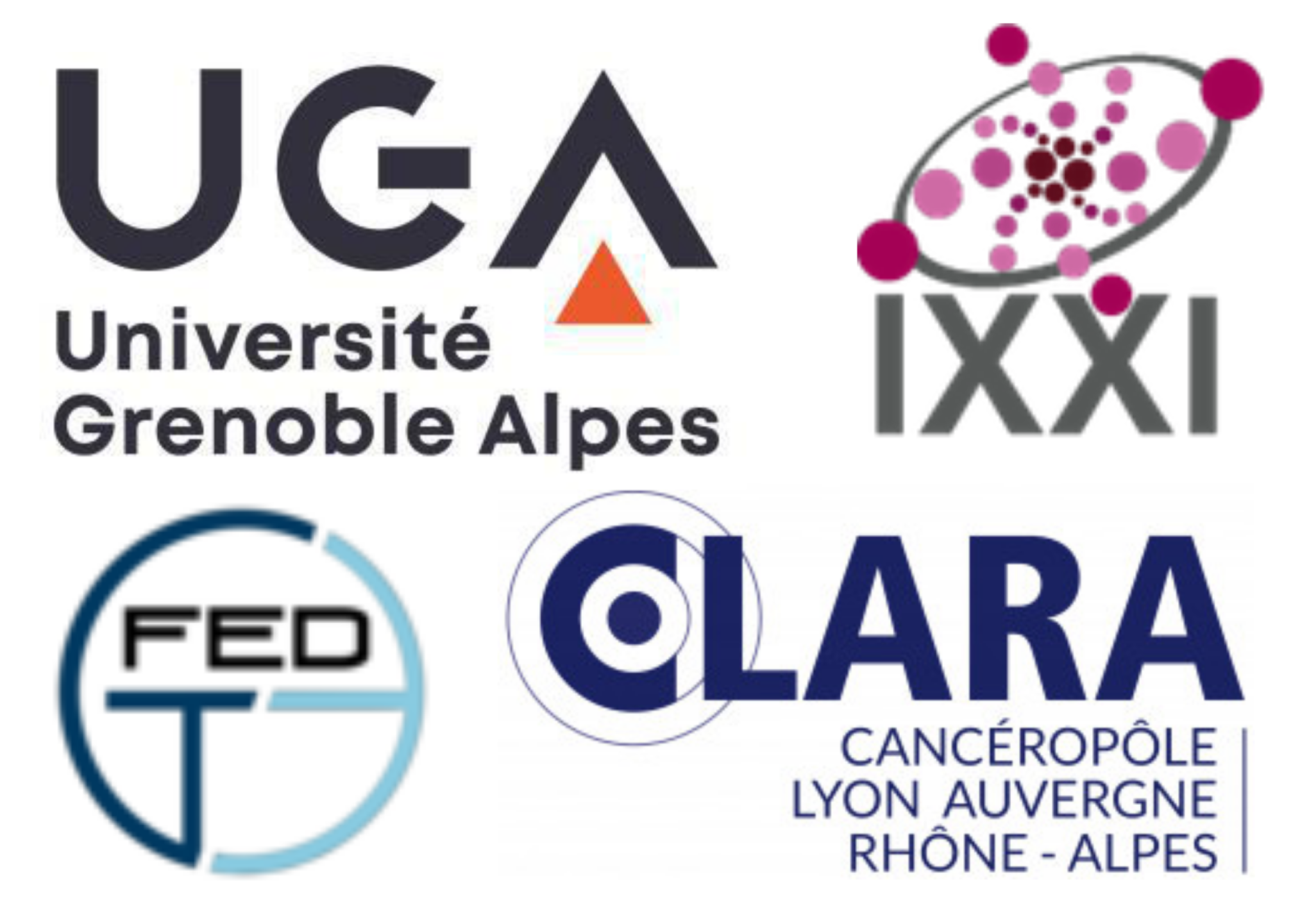Cells in a tissue are subjected to different mechanical forces and it is now known that the mechanical properties of cellular microenvironment greatly influence many fundamental aspects of their physiology including their differentiation, growth, and migration. For a long time, cell surface adhesions were considered to be the main transducers of mechanical stress. Recent studies indicate that the nuclear envelope itself may also play a role in mechanotransduction regulating chromatin organization and signalling pathways that will have a profound impact on cell behaviour and fate.
In this context, we have studied the long-term consequences of a lack of contractility in fibroblasts and characterized the induced phenotype. The relaxed cells enter a senescent state associated with DNA damage and telomere dysfunction.
We have shown that DNA damage is a late component and does not seem to initiate the senescent phenotype. Surprisingly, we also show that the molecular complex LINC connecting the nuclear envelope and the cytoskeleton is not necessary to induce the senescent phenotype. We have dissected the molecular changes preceding the induction of the senescent phenotype. Lamin A/C changes, pre-lamin A processing and the consequences on nuclear deformation using confocal imaging is dissected. Understanding these mechanisms may potentially lead to the identification of new pharmacological targets influencing cell cycle and cell fate and is therefore useful for anti-cancer therapy.


 PDF version
PDF version
